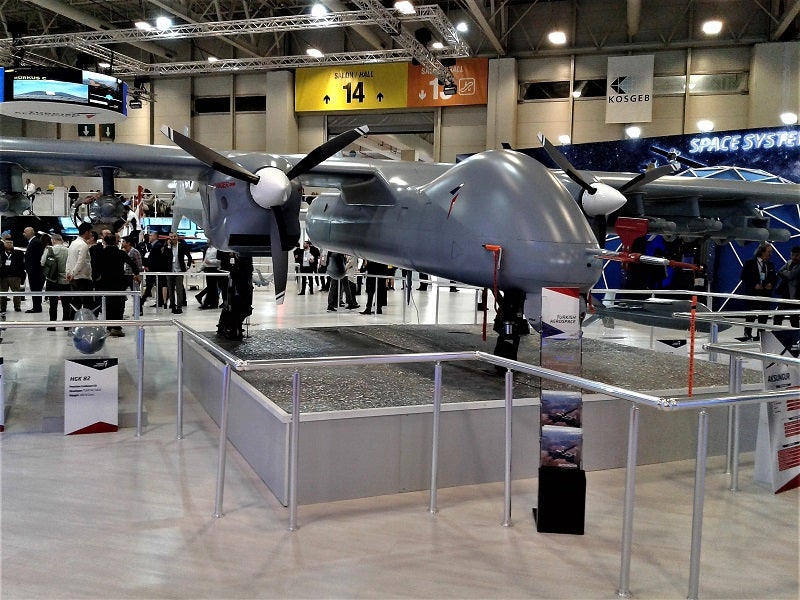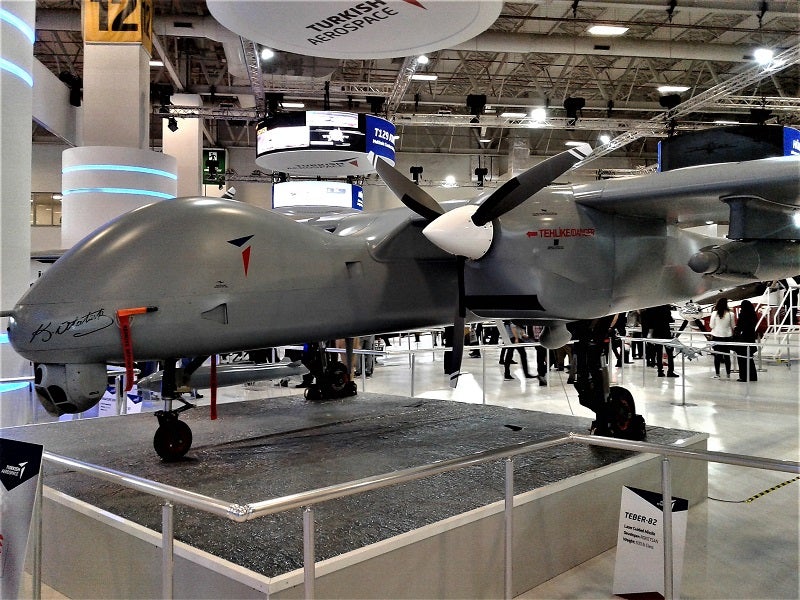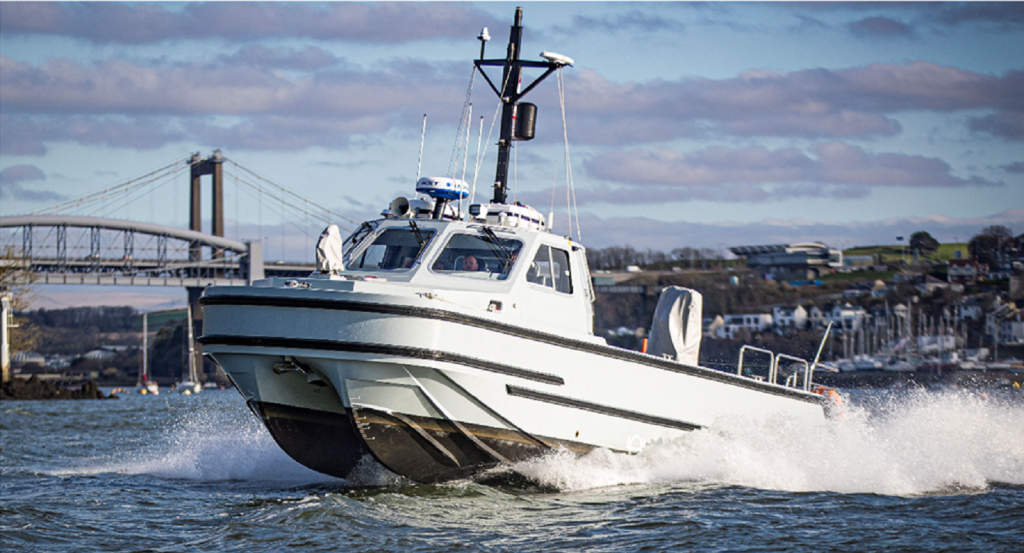Aksungur medium-altitude long-range endurance (MALE) unmanned aerial vehicle (UAV) is manufactured by Turkish Aerospace Industries (TAI).
The multirole unmanned aerial system has a high payload capacity and is capable of performing intelligence, surveillance and reconnaissance (ISR), maritime patrol, signal intelligence, and strike missions both during the day and at night.
Aksungur development
Aksungur UAV made its first flight in 2019. The UAV flew with 12 MAM-L ammunition for 28 hours at an altitude of 20,000ft in September 2020.
The KGK-SiHA-82 payload of the UAV was tested in April 2021. The wing-assisted guidance kit was developed by TÜBİTAK Defense Industries Research and Development Institute (TÜBİTAK SAGE). The target was hit from a distance of 30km and altitude of 20,000ft.
The MALE UAV accumulated 1,000 flight hours by August 2021. The first Aksungur UAV was delivered to the Turkish Navy in October 2021.
Design and features
Aksungur UAV is a derivative of TAI’s combat-proven Anka UAV. The fixed-wing unmanned aircraft features a twin-boom configuration. It has a length of 12.5m, height of 3.1m and wingspan of 24.2m.
The de-icing capability of the UAV provides better aerodynamic stability in humid and moisture-ridden environments. The UAV has a redundant take-off and landing system and electrical power generation system.
The base UAV can be configured into three different mission variants, including surveillance and reconnaissance, ground attack, and maritime patrol versions.
Payload details
The unmanned aircraft comes with three different payload options integrating electro-optical (EO) / infra-red (IR) / laser designator (LD) / laser range finder (LRF) cameras, Synthetic Aperture Radar (SAR) / ground moving target indication-inverse synthetic aperture radar (GMTI-ISAR) sensors, and a variety of air-to-ground weapons.
The maritime patrol payloads of the UAV include SAR/GMTI-ISAR, automatic identification system, sonobuoy pod and MAD boom, while communication payloads include satellite communication (SATCOM) system, personnel locating system (PLS), V/UHF radio relay and airborne communications node pod.
The UAV has three hardpoints on each wing, which can hold a maximum weight of 500kg. The weapon payloads carried by the UAV are TEBER-81 (laser-guided Mk-81), TEBER-82 (laser-guided Mk-82), L-UMTAS, MAM-L (L-UMTAS guided-missile variant), Cirit, MAM-C (Cirit guided-missile variant), HGK-3 (precision guidance kit), KGK (82) (wing assisted guidance kit) and small diameter bombs.
Navigation and communications
The UAV supports fully autonomous operations, and its communication system is connected by a redundant digital datalink with a maximum range of more than 250km.
C-TECH was contracted by TAI to supply satellite terminals and miniHUB systems for its unmanned aircraft systems, including Anka-S and Aksungur, in July 2018. The first flight test of the communications system was conducted in September 2019. The first satellite system was shipped to TAI in July 2020.
In the event of total loss of communication, the unmanned aircraft can employ the ‘return home’ and emergency landing modes. The UAV also has an emergency base landing capability.
Propulsion and performance
The Aksungur UAV is powered by dual PD-170 twin-turbocharged diesel engines mounted under the wings. Each engine has a rated power output of 170hp. The propulsion system enables the UAV to perform high endurance operations.
The landing gear is a retractable tricycle type with three wheel units. It retracts into the aircraft’s structure, ensuring better performance during the flight phase.
The unmanned combat aerial system has a payload carrying capacity of more than 750kg, while the maximum take-off weight is 3,300kg. It has a maximum endurance of 50 hours and can remain airborne for 12 hours while flying at 25,000ft altitude with a 750kg payload. The service ceiling of the UAV is 40,000ft (12,192m).









